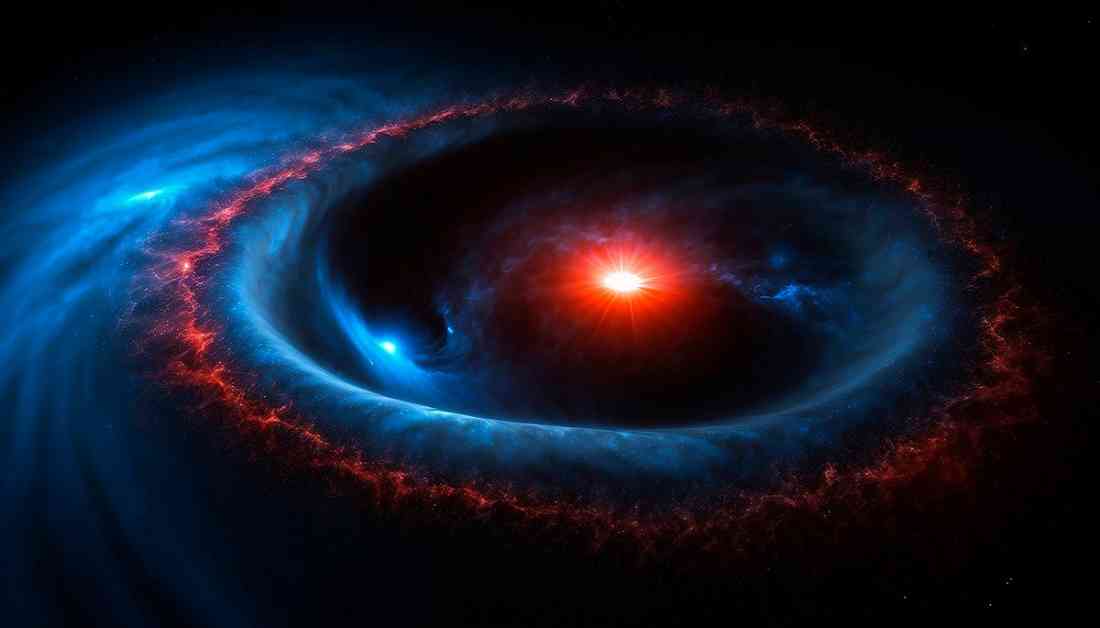The cosmos is often compared to a clock, with various objects and events following cycles that can be measured and understood. Our calendars and clocks are based on astronomical processes like the Earth’s rotation and orbit around the sun. Some celestial objects also follow a calendar, such as the star system T Coronae Borealis, known as T Cor Bor for short. Every 80 years or so, T Cor Bor dramatically brightens, becoming one of the 200 brightest stars in the sky within hours. This unique event makes each flare-up a once-in-a-lifetime spectacle. The last time T Cor Bor exhibited this behavior was in 1946, leading astronomers to predict its next outburst in 2026. However, signs of an impending explosion appeared over a year ago, prompting astronomers to adjust their predictions.
T Cor Bor is a binary star system, consisting of a red giant star and a white dwarf. The red giant, larger than the sun, emits more light as its outer layers expand and cool, turning it red. On the other hand, the white dwarf, smaller but denser than the sun, pulls material from the red giant due to its strong gravity. This material forms an accretion disk around the white dwarf, leading to a buildup of hydrogen that eventually undergoes a thermonuclear explosion, resulting in a nova event.
Astronomers have observed T Cor Bor’s explosions in 1866 and 1946, with reports of similar events in 1217 and 1787. Despite attempts to predict its behavior, the star system continues to surprise scientists with fluctuations in brightness and eruption dates. The most recent dip in brightness occurred last year, suggesting a potential explosion in early 2024. However, the exact timing remains uncertain, with astronomers anticipating the event to occur soon.
When T Cor Bor finally brightens, it is expected to reach magnitude 2.0, making it visible to the naked eye in the constellation Corona Borealis. Observers in the Northern Hemisphere can locate the star system by looking towards the west after sunset, with Corona Borealis appearing as a curved arc above the bright star Arcturus. While T Cor Bor may not shine as brightly as Venus, witnessing the explosive dance of two dying stars is a rare and captivating sight.
As astronomers await the anticipated nova event, they plan to observe the phenomenon using ground-based and space telescopes to gather valuable insights into the mechanisms behind T Cor Bor’s periodic eruptions. The unpredictability of celestial events serves as a reminder of the dynamic nature of the universe, where even the most well-studied objects can still hold surprises. So, keep an eye on the night sky for the upcoming cosmic spectacle, as T Cor Bor prepares to put on a stellar show once again.










